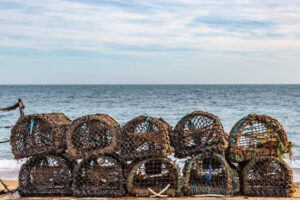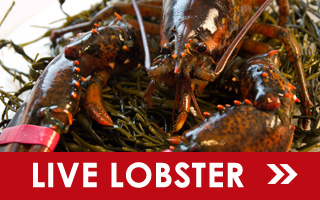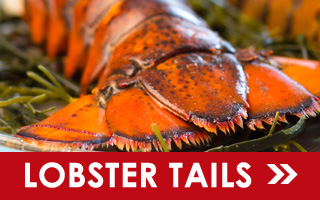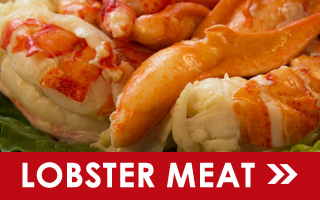People have been fishing for lobster in Maine for generation. However, in order to protect the fishing industry and the lobster population, the State of Maine has passed strict laws on how lobsters can be caught and sold.
While ordinary customers do not need to know the complete ins and outs of Maine’s lobster laws, having a rough understanding of them is helpful. This will help ensure that you’re buying your lobster from reputable sources like Cape Porpoise Lobster Co.
Let’s break it down for you:
Lobster Sizes: What Size Can You Catch?
Not all lobsters are fair game. According to Maine law, you can only buy, sell, transport, or possess lobsters that are bigger than 3 ¼ inches and less than 5 inches in length.
Why is this the case? So that we don’t deplete the lobster population.
Lobsters that are smaller than 3 ¼ inches typically haven’t matured enough to breed. If you harvest a lobster before they’ve had a chance to breed, then the lobster population is given no chance to recoup their losses.
Lobsters that are larger than 5 inches are also off-limits for similar reasons. These larger lobsters—called “jumbos”—are needed to breed with other lobsters and protect the breeding stock. If you keep catching all of the large lobsters, eventually lobsters will become smaller and smaller because only the smaller lobsters are left to mate with each other.
Egg-Bearing Females: Why They’re Off-Limits
Another thing that lobstermen must look out for is if a lobster is bearing eggs.
Female lobsters can carry anywhere up to 8000 to 100,000 eggs. If these lobsters are caught and sold, then they don’t have a chance to ensure those eggs grow into future lobsters themselves. This can deplete the lobster population, putting the entire industry at risk.
As such, when lobstermen find a female egg-bearing lobster, they must cut a V-shaped notch in their right tail flipper and then release the lobster back into water. That V-shaped notch is a sign to other lobstermen that this lobster is off-limits.
Timing Matters
When lobstermen can fish is also regulated. From June 1st to August 31st, it is illegal to haul lobster traps a half-hour after dusk to a half-hour before dawn.
The Type of Buoy
Finally, the type of buoy a lobstermen uses is also under regulation. This helps ensure that your buoy can be properly identified and associated with your business.
Your buoy needs to be permanently and clearly marked with your license number. Additionally, the color design of the buoy needs to be displayed on your boat in one of two ways:
- On a painted panel on both sides of the boat and both side of the hull and then attached to the frontal topside of the boat.
- Mounted on the boat’s sides and is a minimum of 12 inches in length.
Understanding Maine’s laws and regulations can help ensure everyone follows them and protects not only the lobster industry but the lobster population as well.
At Cape Porpoise Lobster Co., you rest easy knowing that your lobsters are reputably and responsibly sourced. To order your lobsters, look through our website today to get started.




